Chili export to South Korea are becoming a potential direction for many Vietnamese businesses thanks to increasing consumer demand. However, this market also comes with strict requirements on quality, quarantine and packaging. Join Viot Minh Trang to learn about the market overview, mandatory standards and suitable strategies to conquer the Korean market right now.
Overview of Korean chili powder market
The Korean chili market is considered one of the largest spice consumption markets in Asia, with annual import turnover reaching hundreds of millions of USD. Korean consumers have the habit of using chili in most daily meals, from traditional dishes to industrially processed foods.
In particular, gochugaru (Korean red pepper powder) and other processed chili products are in increasing demand not only domestically but also exported to international markets. The trend of consuming organic and clean food also creates great opportunities for high-quality chili suppliers from Vietnam.
The Korean market favors chili peppers with moderate spiciness, bright red color and distinctive flavor. Enterprises exporting chili peppers to Korea need to understand the tastes of local consumers to adjust their products accordingly. In addition, building long-term relationships with importers and distributors is an important factor in maintaining and expanding market share.
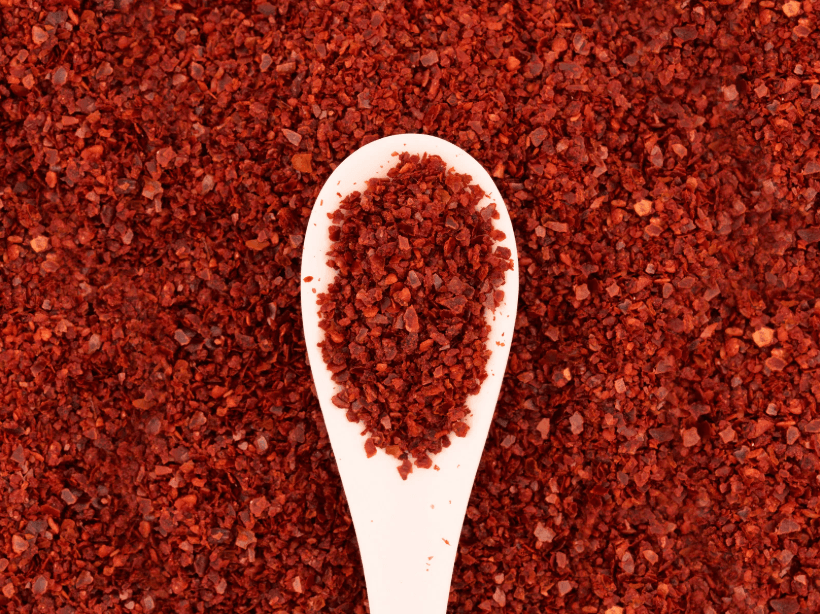
Overview of Korean chili powder market
See now:
Chili export to china: A Comprehensive Guide from Opportunities to Procedures
Strict export requirements
In order for Vietnamese chili products to conquer the Korean market, businesses not only need to ensure product quality but also fully comply with strict legal and technical regulations from their partners. Below are the key requirements that need special attention:
Pesticide Residue Limits (MRLs)
Chili products exported to Korea must meet the pesticide residue threshold as prescribed by the Korea Food and Drug Administration (MFDS). The MRL level set by Korea is usually stricter than international standards, so businesses need to carefully control throughout the cultivation and post-harvest process.
Traceability
Traceability system is a mandatory requirement. Enterprises need to provide full information about plant varieties, cultivation processes, harvesting conditions, storage, processing and transportation. Certifications such as GlobalGAP, HACCP, ISO 22000not only helps meet legal requirements but also createscompetitive advan tageon the Korean market.
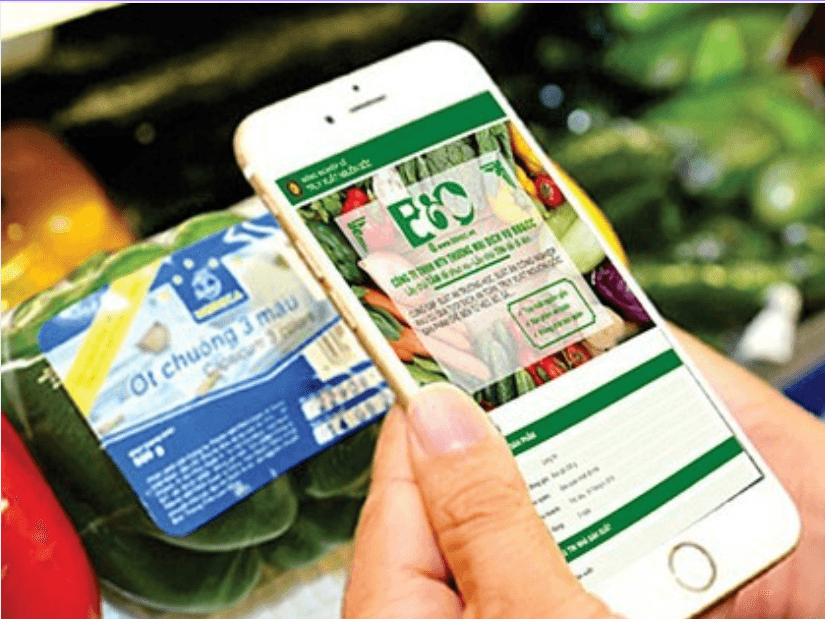
Strict export requirements
Plant quarantine
All chili shipments before being exported to Korea must have valid phytosanitary certificate this certification is issued by Vietnam Plant Protection Department issue and confirm that the product does not carry pests or diseases. The processing time for quarantine records usually lasts from 5–7 business days, requiring businesses to prepare procedures carefully and completely.
Quality control
Chili for export must meet specific criteriamoisture, impurity rate, shape, color and uniformity. Enterprises should conduct periodic inspections ataccredited laboratories to ensure product standards and avoid risks during random inspections at Korean border gates.
See now:
VIOT Minh Trang – Vietnam’s chili export business
Korean packaging and packaging regulations
In addition to quality and quarantine standards, Korea also has very strict requirements on product packaging and labeling. Compliance with these regulations not only helps the product to easy customs clearance but also increase professionalism and reliability in the eyes of Korean consumers.
Product labeling regulations
All chili products exported to Korea must be clearly labeled with Korean or bilingual Korean – English. The label must include the following information:
- Product Name
- Ingredients
- Net weight
- Date of manufacture and expiry date
- Storage instructions
- Manufacturer and importer information
- Accession number and GACC number (if applicable)
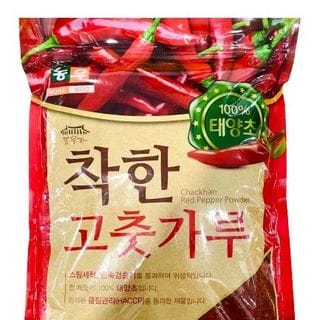
Product labeling regulations
Requirements on packaging materials and forms
Packaging used must meet standards food safety, does not contain toxic chemicals and ensures good preservation during transportation. Specifically:
- Fresh chili: use carton with ventilation holes, combined with lining bag PE food gradeto keep fresh and avoid crushing.
- Dried Chili: packed in airtight bags or packaging,moisture-proof, light-proof, with desiccant to ensure product crispness and color.
Barcodes and Nutritional Information
All products distributed in Korea must have product barcode registered with the international numbering system (GS1) or equivalent agency in Korea. In addition:
- Nutrition Information Panel is required for processed chili products, chili powder or prepackaged chili.
- The allergy warning and additives (if any) must be clearly written according to the prescribed form belong to Korea Food and Drug Administration (MFDS).
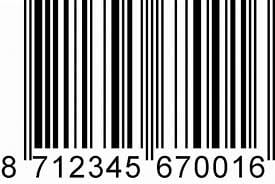
Barcodes and Nutritional Information
Logistics and transportation aspects
Logistics and transportation play an important role in the success of chili export to korea. Vietnam has the advantage of geographical proximity, allowing for short-term shipping by sea, helping to maintain product quality and reduce transportation costs.
For fresh chili, cold chain technology must be applied from harvest to delivery in Korea. The ideal storage temperature for fresh chili is 7-10°C with 85-90% humidity. Reefer containers are the most popular choice for transporting fresh chili, ensuring quality throughout the 3-5 day journey.
Shipping time needs to be carefully calculated to ensure that the product reaches consumers while still fresh. Close coordination with logistics units with experience in exporting to Korea will help optimize the process and minimize risks in shipping.
Major ports in Korea such as Busan and Incheon are directly connected to Vietnamese ports such as Hai Phong and Cat Lai, facilitating exports. Businesses need to choose reputable logistics partners with networks in both countries to ensure high-quality end-to-end services.
Viot Minh Trang – NO. 1 PRESTIGIOUS CHILI EXPORTER
Viot Minh Trang affirms its position as a leading enterprise in the field of exporting chili to Korea with more than 10 years of experience and prestige in the international market. The company has built a large-scale raw material network with more than 3,000 hectares in provinces and cities such as Nghe An, Thanh Hoa, Hoa Binh, Son La, ensuring a stable and high-quality supply.
The strength of Viot Minh Trang in exporting chili to Korea lies in the closed production process from seeding, cultivation to processing and packaging. The entire process is strictly controlled according to clean standards, aiming at an organic model, without using toxic chemicals, completely in line with the strict requirements of the Korean market.
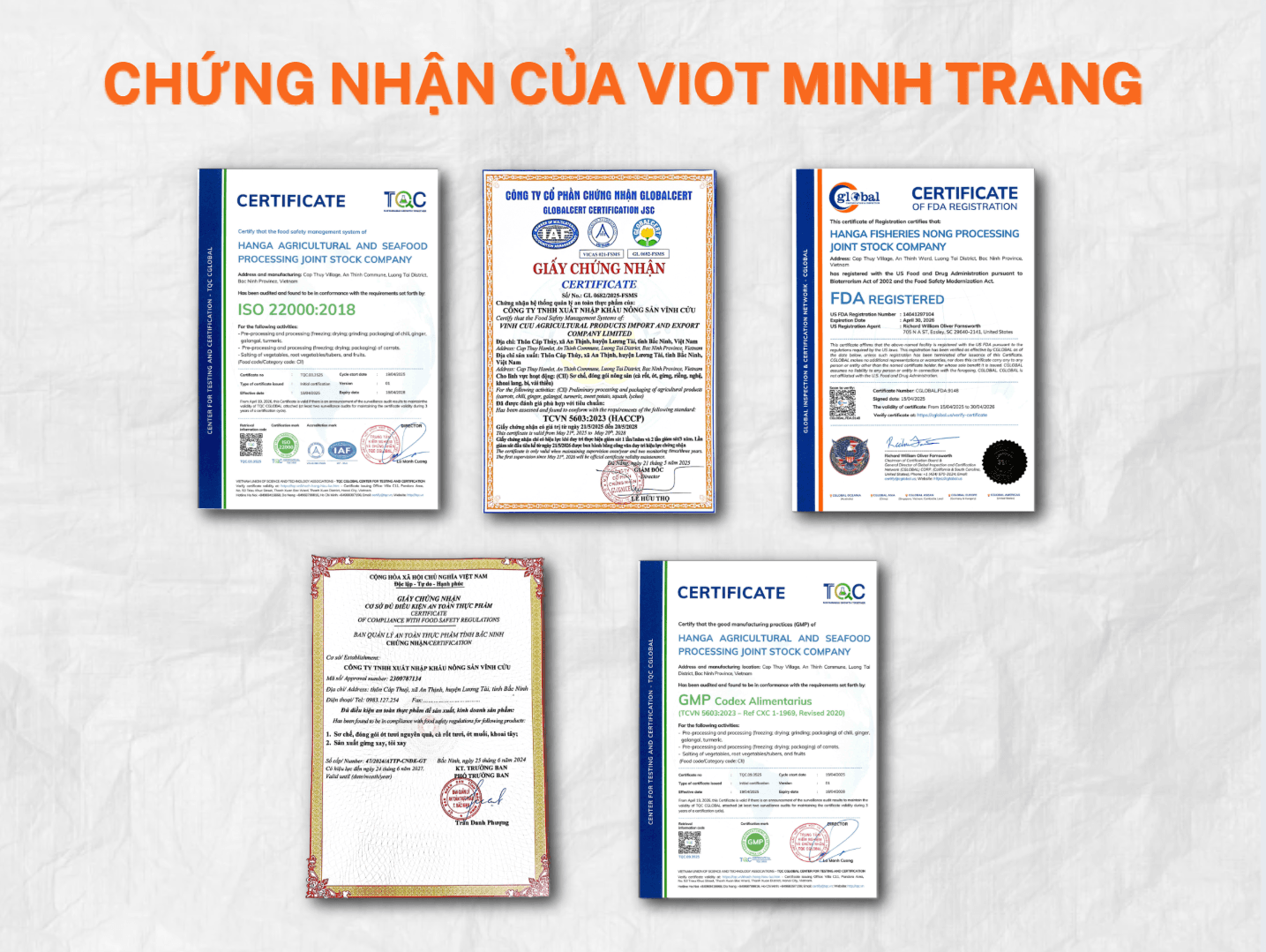
Viot Minh Trang – NO. 1 PRESTIGIOUS CHILI EXPORTER
Viot’s processing plant meets ISO 22000, HACCP, GMP, Halal standards with modern production lines, capable of flexibly processing many types of chili products: fresh, frozen, dried, ground according to OEM/ODM requirements. This allows the company to meet the diverse needs of Korean customers from restaurants, supermarkets to food processing factories.
With the motto “quality is honor – trust is the foundation”, Viot Minh Trang has been providing high quality chili products to the Korean market, contributing to promoting the export turnover of Vietnamese agricultural products. The company constantly invests in technology, improves production capacity and expands scale to meet the increasing demand of international partners.
The success of Viot Minh Trang in exporting chili to Korea is a clear demonstration of the great potential of Vietnam’s agricultural sector in the international market. With thorough investment, strict compliance with international standards and building sustainable partnerships, Vietnamese enterprises can completely conquer this demanding Korean market.
Exporting chili to Korea is a great opportunity for Vietnamese businesses in the context of increasing demand for spicy spices. However, to be successful, businesses need to strictly comply with Korean food safety standards, plant quarantine and packaging regulations. Viot Minh Trang is a typical example of success in conquering this market thanks to international standard production processes and thorough investment. With careful preparation and the right strategy, Vietnamese businesses can fully take advantage of the golden opportunity to expand market share and increase the value of Vietnamese agricultural products in the international market.





Tác giả Tưởng Mạnh Biên
Là chuyên gia giàu kinh nghiệm trong lĩnh vực xuất khẩu nông sản. Với nhiều năm làm việc, nghiên cứu và trực tiếp tham gia vào các hoạt động sản xuất, kinh doanh và xuất khẩu nông sản, tác giả chia sẻ những kiến thức chuyên môn sâu sắc cùng các bài học thực tiễn giá trị nhằm hỗ trợ doanh nghiệp.
- Địa chỉ: Số 27, Tổ 23, Lĩnh Nam, Hoàng Mai, Hà Nội
- Email: viotvietnam.vn@gmail.com
- SĐT: 0977 728 269